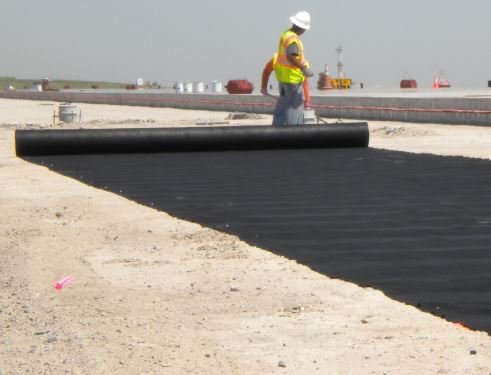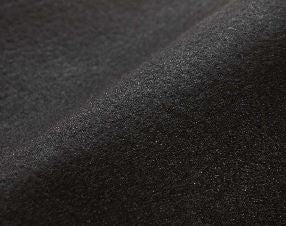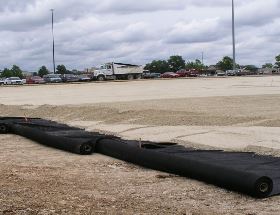Geotex 401 - Nonwoven Geotextile Fabric - 12.5' x 360'
FREE SHIPPING
Geotex 401 is a nonwoven geotextile fabric that is made from high-quality polypropylene staple fibers that is needle-punched to form a dimensionally stable fiber network. This fabric is used to support separation and stabilization, subsurface drainage, filtration, and cushioning. This fabric meets AASHTO/NTPEP standards.
NOTE: Solmax (Propex) branded products are ineligible for return or order cancellation once the order has been shipped. If you would like to purchase an equivalent fabric which is eligible to be returned with a standard restocking fee please give us a call at (800) 583-4891.







